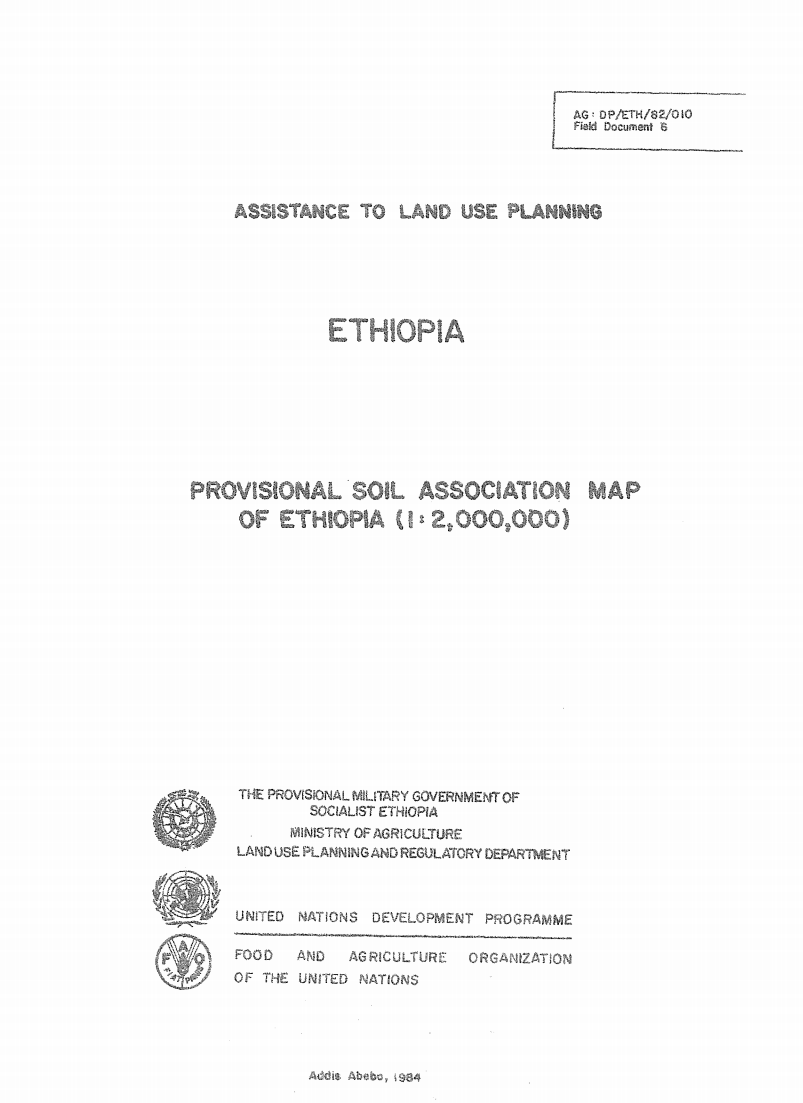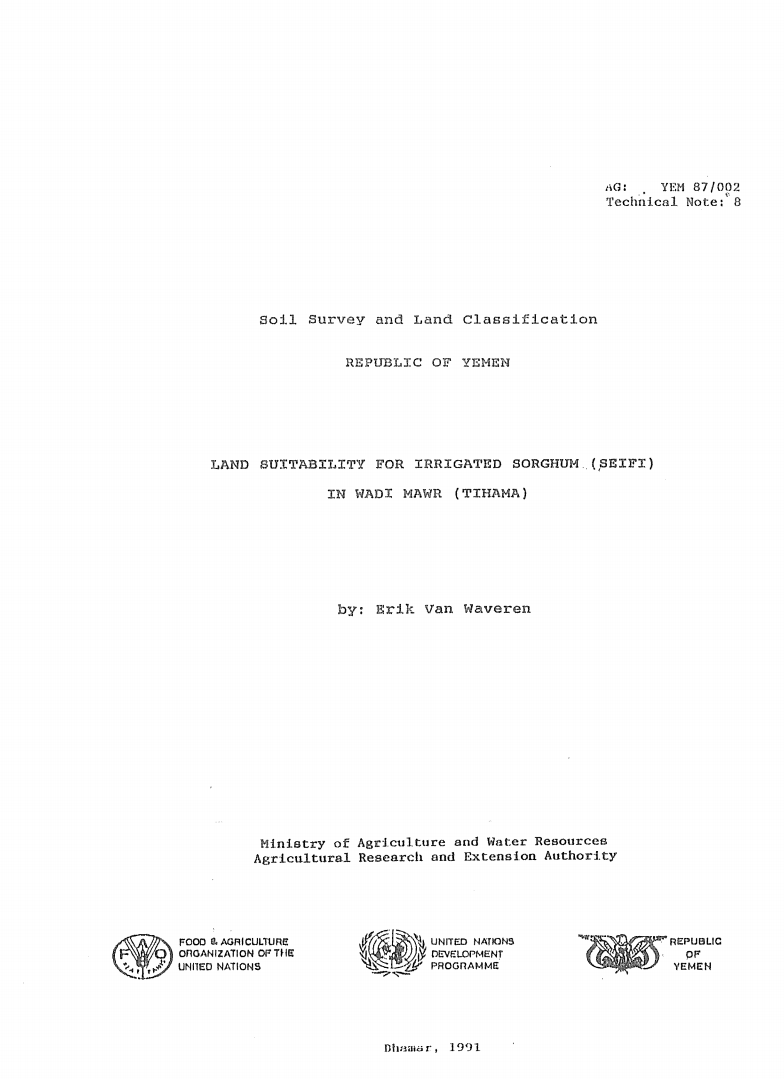Agricultural Land Use Plan for Letlhakane agricultural district central region.
This report is the result of a two-year study of Letlliakane Agricultural District (LetAD), carried out by the Agricultura! Land Use Planners of the Ministry of Agriculture (Central Region). The
main objective of the study is to provide planners, agricultural extension staff and community leaders with sound recommendations for improved and sustainable agricultural production and
possible solutions for major land use problems and conflicts. The study includes an inventory of the natural resources, population, farmer groups and economy of the area, the identification of




